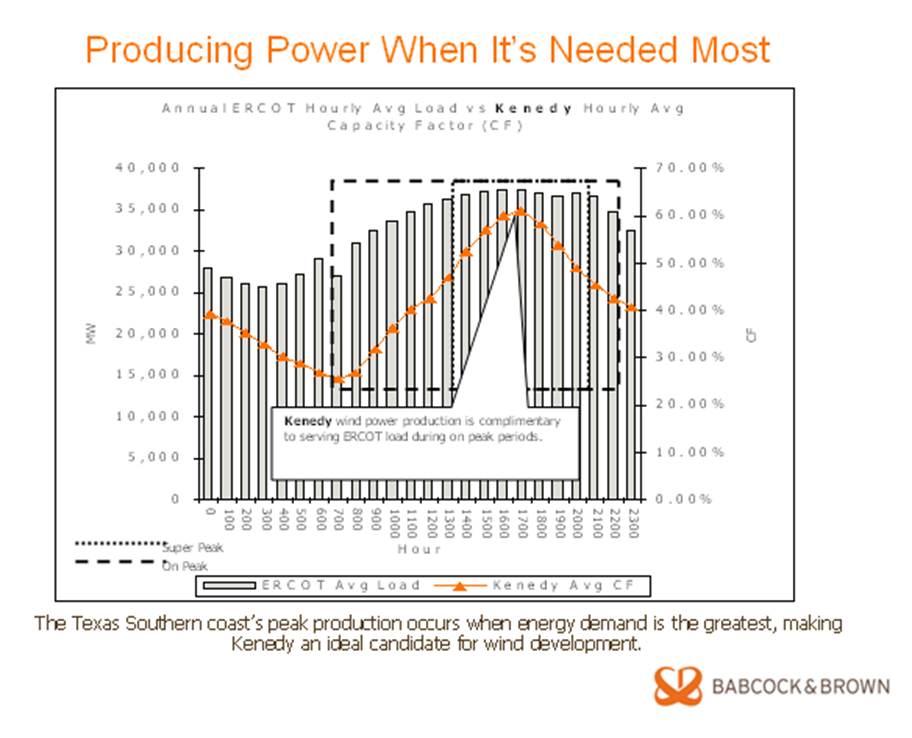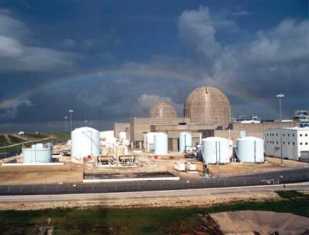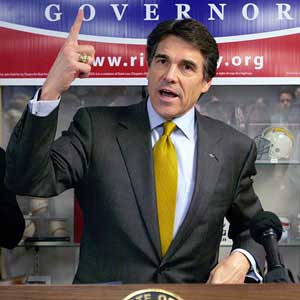
Dont Nuke The Alamo: Local Power Coalition, opposes new Nuclear Reactors
Don’t Nuke The Alamo! As we all know, San Antonio’s CPS energy is on the verge of investing in a third and fourth reactor for the South Texas Nuclear project in Bay City. In addition to the environmental and social concerns we have about nuclear power at Public Citizen, we also want to make it known that these reactors are a huge financial gamble. Our best independent studies on the topic show that it will likely be well over budget (possibly 100% over budget) and there is every reason to expect unplanned time delays and hidden costs.
Fortunately the citizens of San Antonio are working to voice their concerns about the project and encourage CPS to reconsider this investment. I recently attended the first meeting of Local Power (or Energía Mia), a coalition of various environmental and social organizations from the San Antonio area, to talk about ways we can voice our concerns about the proposal and get our Mayor and City Council to take action. For anyone interested, the next local power meeting will take place on July 28th at the San Antonio Progress Action Coaltion (SAAPAC) office. Plans were made to target local council members by participating in and producing Public Service Announcements, Forums, District Meetings, Right-wing talk radio interviews and radios ads, and letters to churches and neighborhood associations.
Anyone concerned about these issues is welcome to help and attend any events. SAAPAC head Cindy Wheeler expressed plans for the group to make a concentrated effort to identify the San Antonio residents who will experience a 5% or more rate hike on their electric bills if the reactors are built and help them voice their opposition.
The attendees made plans to attend the CPS Neighbors Night meeting series which will take place all around San Antonio on the designated nights at 6:00pm. At these meetings any interested person can sign up to speak. Here is the schedule for the remaining meetings:
Thursday, July 23 (District 1)
Tripoint Center (YMCA)
3233 N. St. Marys St.
Tuesday, August 4 (District 2)
Freeman Coliseum
3201 E. Houston St.
(Held in Auction Barn. Enter through west gate off W Houston near railroad tracks. Parking available in Lot #9)
Wednesday, August 5 (District 7)
St. Paul’s Community Center
1201 Donaldson
Tuesday, August 25 (District 9)
Alzafar Shrine Temple (Terrace Room)
901 North Loop 1604
Tuesday, September 1 (District 10)
My Father’s House
3131 Nacogdoches Road, Suite 105
Wednesday, September 2 (District 3)
Holy Name Activity Center
6618 Fairlawn
Thursday, July 23 (District 1)
Tripoint Center (YMCA)
3233 N. St. Marys St.
Thursday, July 30 (District 8 )
Firefighters Union Hall
8925 IH-10 West
Tuesday, August 4 (District 2)
Freeman Coliseum
3201 E. Houston St.
(Held in Auction Barn. Enter through west gate off W Houston near railroad tracks. Parking available in Lot #9)
Wednesday, August 5 (District 7)
St. Paul’s Community Center
1201 Donaldson
Tuesday, August 25 (District 9)
Alzafar Shrine Temple (Terrace Room)
901 North Loop 1604
Tuesday, September 1 (District 10)
My Father’s House
3131 Nacogdoches Road, Suite 105
Wednesday, September 2 (District 3)
Holy Name Activity Center
6618 Fairlawn
Tuesday, September 15 (District 4)
Knights of Columbus
5763 Ray Ellison Blvd.
 Since the Austin American Statesman published a couple of
Since the Austin American Statesman published a couple of 
 Austin Energy is holding a Public Advisory Meeting today, Monday 20, at 6 o’clock to discuss the City’s electric generation plan. This is your opportunity to tell our utility what kind of an energy future you want — smoking, or non-smoking? Word on the street is that the majority of their planning options so far continue to rely on dirty fossil fuel energy. If Austin is to be a leader on global warming solutions and environmental stewardship, we’ve got to switch to clean energy and pursue energy efficiency aggressively, now.
Austin Energy is holding a Public Advisory Meeting today, Monday 20, at 6 o’clock to discuss the City’s electric generation plan. This is your opportunity to tell our utility what kind of an energy future you want — smoking, or non-smoking? Word on the street is that the majority of their planning options so far continue to rely on dirty fossil fuel energy. If Austin is to be a leader on global warming solutions and environmental stewardship, we’ve got to switch to clean energy and pursue energy efficiency aggressively, now.
 After CPS Energy unveiled its optimistically low $13 billion proposal for South Texas Project reactors three and four, I decided to look into the history of the construction of the first two reactors. What I found was troubling, but it seemed to be pretty much in line with my understanding of problems with nuclear projects during the 70s and 80. Here is a brief time line:
After CPS Energy unveiled its optimistically low $13 billion proposal for South Texas Project reactors three and four, I decided to look into the history of the construction of the first two reactors. What I found was troubling, but it seemed to be pretty much in line with my understanding of problems with nuclear projects during the 70s and 80. Here is a brief time line:

 Even though Texas leads the nation in greenhouse gas emissions, Governor Perry balks at making any major stand on producing reliable renewable energy.
Even though Texas leads the nation in greenhouse gas emissions, Governor Perry balks at making any major stand on producing reliable renewable energy. Just four days into summer, and we’re already are setting records for energy consumption in Texas. Yesterday
Just four days into summer, and we’re already are setting records for energy consumption in Texas. Yesterday 

